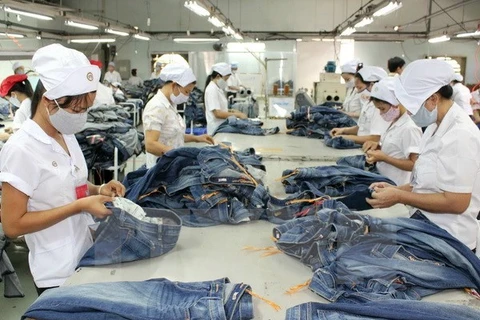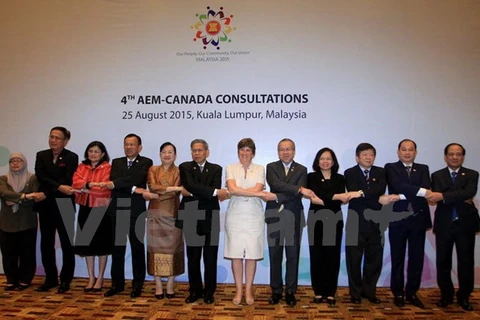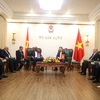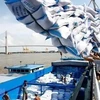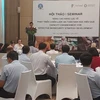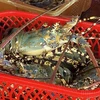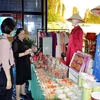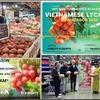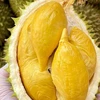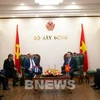HCM City (VNA) – The 2015 Canadian Food Festival was launched by the Canadian Embassy in Vietnam in Ho Chi Minh City on November 10 to promote Canada’s premium food products.
The annual event introduced dozens of signature Canadian foods and beverages, including beef, pork, wine, beer, maple syrup and a wide range of seafood – lobster, oyster, black cod, snow crab, salmon and mussels.
Canadian chef Nathan Fong and Executive Chef of Le Meridien Saigon Hotel are featured at the event, which runs through December 9.
In his opening remarks, Canadian Ambassador to Vietnam David Devine said Canadian-made food products are loved by more and more Vietnamese people, fueling trade growth between the two countries.
Canada’s farm product and seafood exports to Vietnam have shot up four- to five-fold over the past five years, making up more than half of the total Canadian export revenue to its partner, he noted.
Devine vowed to bring the finest and safest products from Canada to local consumers. He said he believed that the newly-concluded Trans Pacific Partnership (TPP) agreement would pave the way for greater trade opportunities.
Trade between the two countries hit 4.4 billion CAD (3.32 billion USD) between September 2014 and August 2015, making Vietnam Canada’s biggest trade partner in ASEAN.
Canada mainly ships wheat, soybeans, green peas, lobsters, snow crabs, oysters, black cod, pork, apples and peaches to Vietnam.-VNA


